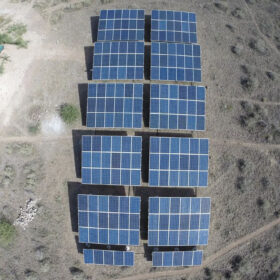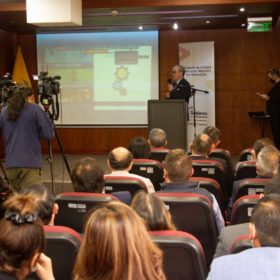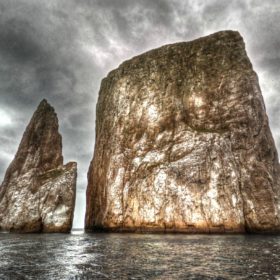Ecuador issues new law to address energy crisis with renewables
Ecuador’s National Assembly has unanimously approved a new law to promote private initiative in energy generation. Among other measures, it seeks to stimulate self-consumption and promote private investment in the energy sector.
Residential PV power forecasting method based uniquely on direct radiation
Researchers in Spain have created a novel PV forecasting method that uses only direct radiation as a parameter. They found it to be “comparable, if not superior” to four established forecasting techniques. The method could help homeowners with PV systems decide when to use electricity-intensive appliances and cleaning systems.
Photovoltaics for unmanned aerial vehicles
An international research team has identified parameters to integrate PV cells into unmanned aerial vehicles (UAVs).
Building to last in the Global South
PV initiatives should be designed to last, as several well-meaning off-grid solar projects for the developing world have floundered over the years.
Ecuador allocates 120 MW of PV in renewables auction
The government of Ecuador has allocated 500 MW of renewable energy capacity in its latest procurement exercise. The selected developers secured 25-year power purchase agreements (PPAs).
Ecuador pre-selects 345.3 MW of solar in renewables auction
The lowest bid for PV in Ecuador’s latest procurement exercise was $0.0498/kWh. The pre-selected developers may secure 25-year power purchase agreements.
Ecuador launches 500 MW renewables tender
The procurement exercise will be open to hydroelectric, wind, solar and biomass projects.
Ecuador announces renewables auctions, plans to allocate 1 GW
Ecuador plans to launch a 500 MW procurement exercise in November.
French-Ecuadorian consortium wins 14.8 MW/40.9 MWh solar-plus-storage tender in Galapagos Islands
The solar-plus-storage facility will be built by Ecuadorian developer Gransolar and French renewable energy company Total Eren on Santa Cruz Island in the Galapagos National Park.
Ecuador announces 350 MW renewables auction
Ecuador’s latest procurement exercise will be open to solar, wind, hydropower and biomass projects.










